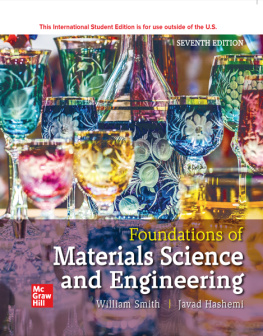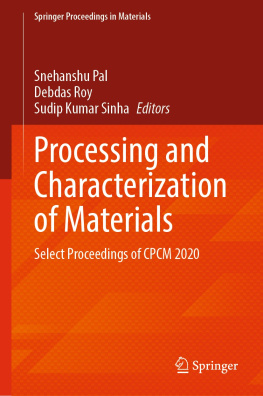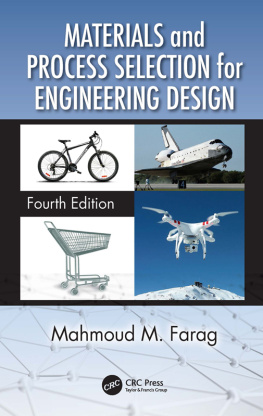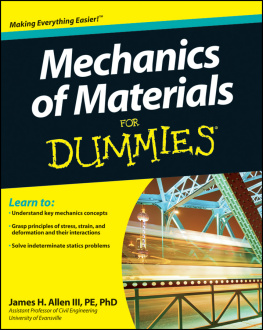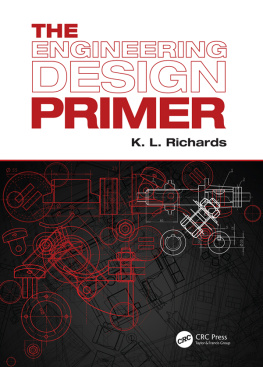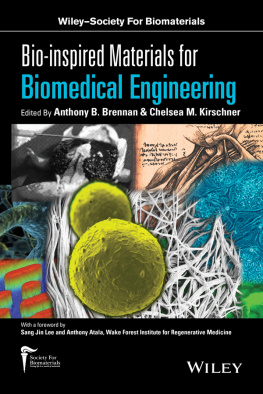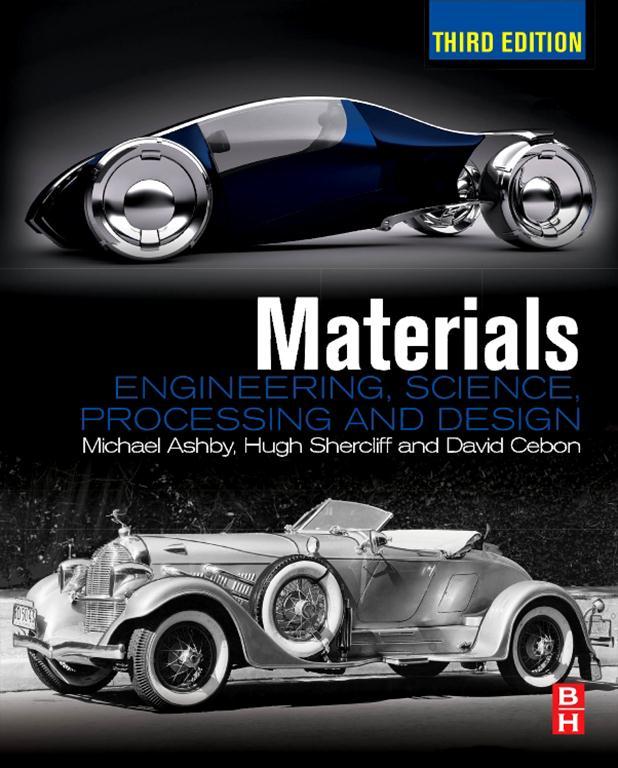Table of Contents
List of tables
- Tables in Chapter 3
- Tables in Chapter 4
- Tables in Chapter 5
- Tables in Chapter 6
- Tables in Chapter 7
- Tables in Chapter 8
- Tables in Chapter 10
- Tables in Chapter 15
- Tables in Chapter 16
- Tables in Chapter 17
- Tables in Chapter 18
- Tables in Chapter 20
- Tables in Guided Learning Unit 2Phase diagrams and phase transformations
List of illustrations
- Figures in Chapter 1
- Figures in Chapter 2
- Figures in Chapter 3
- Figures in Chapter 4
- Figures in Chapter 5
- Figures in Chapter 6
- Figures in Chapter 7
- Figures in Chapter 8
- Figures in Chapter 9
- Figures in Chapter 10
- Figures in Chapter 11
- Figures in Chapter 12
- Figures in Chapter 13
- Figures in Chapter 14
- Figures in Chapter 15
- Figures in Chapter 16
- Figures in Chapter 17
- Figures in Chapter 18
- Figures in Chapter 19
- Figures in Chapter 20
- Figures in Guided Learning Unit 1Simple Ideas of Crystallography
- Figures in Guided Learning Unit 2Phase diagrams and phase transformations
Landmarks
Table of Contents
Materials
Engineering, Science, Processing and Design
Third Edition
Michael Ashby
Department of Engineering, University of Cambridge, UK
Hugh Shercliff
Department of Engineering, University of Cambridge, UK
David Cebon
Department of Engineering, University of Cambridge, UK

Copyright
Butterworth-Heinemann is an imprint of Elsevier
The Boulevard, Langford Lane, Kidlington, Oxford, OX5 1GB, UK
225 Wyman Street, Waltham, 02451, USA
First published 2007
Second edition 2010
Third edition 2014
Copyright 2007, 2010, 2014 by Michael Ashby, Hugh Shercliff and David Cebon. Published by Elsevier Ltd. All rights reserved.
The right of Michael Ashby, Hugh Shercliff, and David Cebon to be identified as the authors of this work has been asserted in accordance with the Copyright, Designs and Patents Act of 1998.
No part of this publication may be reproduced, stored in a retrieval system or transmitted in any form or by any means electronic, mechanical, photocopying, recording or otherwise without the prior written permission of the publisher
Permissions may be sought directly from Elseviers Science & Technology Rights Department in Oxford, UK: phone (+44) (0) 1865 843830; fax (+44) (0) 1865 853333; email: , and selecting Obtaining permission to use Elsevier material
Notice
No responsibility is assumed by the publisher for any injury and/or damage to persons or property as a matter of products liability, negligence or otherwise, or from any use or operation of any methods, products, instructions or ideas contained in the material herein. Because of rapid advances in the medical sciences, in particular, independent verification of diagnoses and drug dosages should be made
British Library Cataloguing in Publication Data
A catalogue record for this book is available from the British Library
Library of Congress Cataloging-in-Publication Data
A catalog record for this book is available from the Library of Congress
ISBN: 978-0-08-097772-0
For information on all Butterworth-Heinemann publications visit our website at books.elsevier.com
Printed and bound in the United Kingdom
14 15 16 17 18 10 9 8 7 6 5 4 3 2 1

Preface to 3rd edition
Science-led or design-led? Two approaches to materials teaching
Most things can be approached in more than one way. In teaching this is especially true. The way to teach a foreign language, for example, depends on the way the student wishes to use itto read the literature, say, or to find hotel accommodations, order meals and buy beer. So it is with the teaching of this subject, Materials.
The figure shows the enrolment in engineering and materials-related departments in US Universities in 2006. Mechanical, Civil and Chemical Engineering account for two-thirds of the total. Aerospace, Manufacturing and General Engineering account for a further 20%. The more science-related subjectsMaterials Science, Engineering Science and Physicstotal 3%. All of these courses carry requirements for Materials teaching, but the way the students in some courses will use it differs from those in others.

The traditional approach to Materials teaching starts with fundamentals: the electron, the atom, atomic bonding, and packing, crystallography and crystal defects. Onto this is built alloy theory, the kinetics of phase transformations and the development of microstructure on scales made visible by electron and optical microscopes. This sets the stage for the understanding and control of properties at the millimeter or centimeter scale at which they are usually measured. This science-led approach emphasises the physical basis but gives little emphasis to the behaviour of structures and components in service or methods for material selection and design.
The alternative approach is design-led. The starting point is the requirements that materials must meet if they are to perform properly in a given design. To match material to design requires a perspective on the range of properties they offer, how these properties combine to limit performance, the influence of manufacturing processes on properties, and ways of accessing the data needed to evaluate all of these. Once the importance of certain properties is established there is good reason and a clear context from which to drill down, so to speak, to examine the science that lies behind themvaluable because an understanding of the fundamentals itself informs material choice, processing and usage.
Each approach has its place. The choice depends on the way the student will wish to use the information. If the intent is pure scientific research, the first is the logical way to go. If it is engineering design and applied industrial research, the second makes better sense. This book follows the second.
What is different about this book?
There are many books about the science of engineering materials; many more about design. What is different about this one?
First is its design-led approach, specifically developed to guide material selection and understanding for a wide spectrum of engineering courses. The approach is systematic, leading from design requirements to a prescription for optimised material choice. The approach is illustrated by numerous case studies. Practice in using it is provided by worked Examples in the text and Exercises at the end of each Chapter.
Second is its emphasis on visual communication through a unique graphical presentation of material properties as material property charts and numerous schematics. These are a central feature of this approach, helpful in utilising visual memory as a learning tool, understanding the origins of properties, their manipulation and their fundamental limits, and providing a tool for selection and for understanding the ways in which materials are used.


